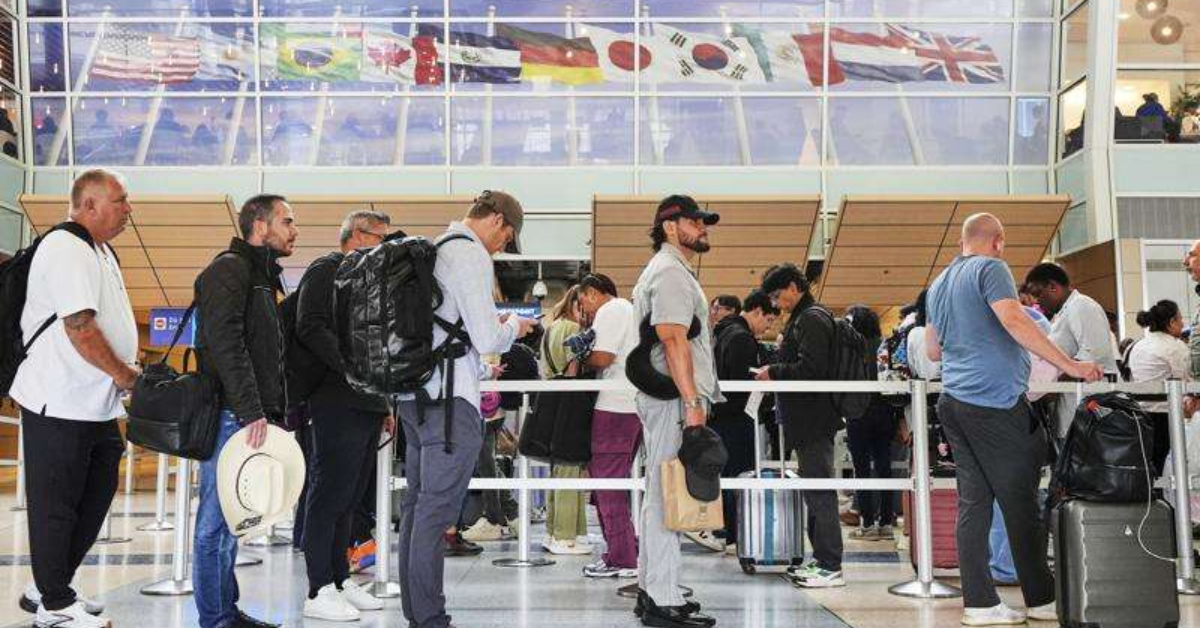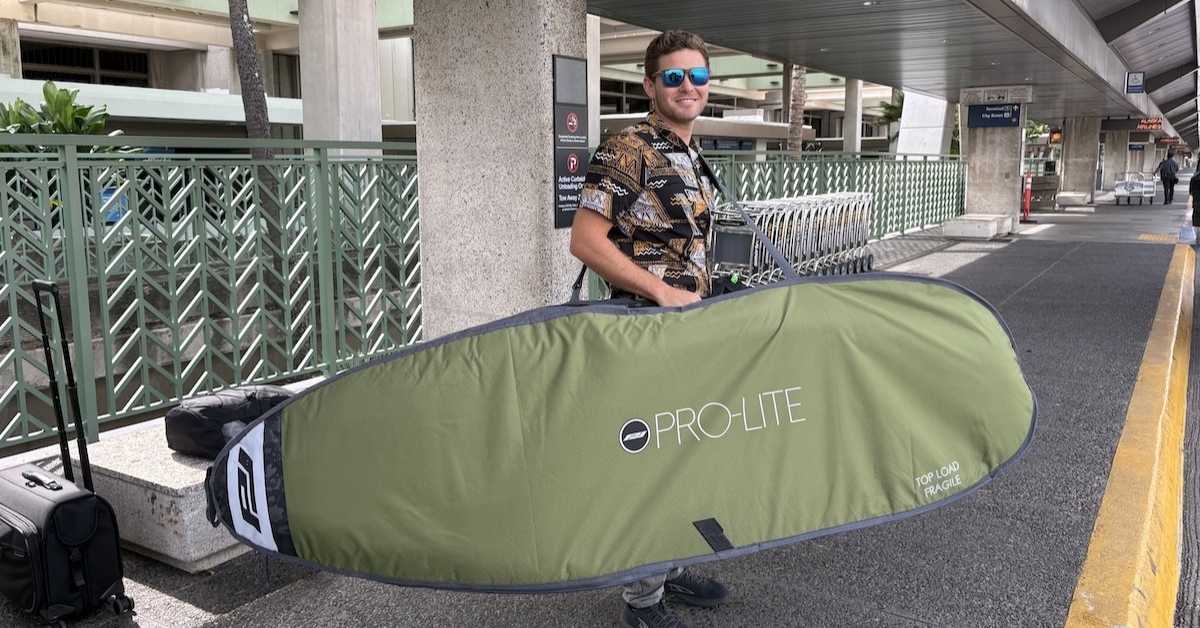The United States is currently experiencing a significant slowdown in international travel, with fewer visitors arriving from other countries. This downturn has caught the attention of travel professionals and industry experts, who warn that this slump may continue even beyond the summer season. While travel had started to bounce back after the pandemic, new challenges now threaten to keep numbers low.
Among the causes are rising travel costs, changing regulations, and concerns about safety and convenience. Many younger travellers, who are usually eager to explore new destinations, are now rethinking their plans due to these issues. Understanding what is affecting international travel to the U.S. and what it means for the economy is important for everyone, including those who dream of visiting America from far away.
Why Has International Travel to the U.S. Declined?
Several factors have contributed to the decrease in international travellers coming to the U.S. One main reason is the high cost of flights and accommodations. Inflation and fuel price increases have made travel more expensive worldwide, and the U.S. is no exception.
Additionally, stricter border controls and visa processing delays have made it harder for visitors to get permission to enter the country. According to a recent report by the U.S. Department of Commerce, visa appointment backlogs and increased security measures are resulting in longer wait times, which discourages last-minute travel plans (.
The fall in international visitor numbers is causing real pain for hotels,restaurants, and attractions that depend heavily on foreign tourists. Cities like New York, Los Angeles, and Miami, which are popular destinations for international travellers, have seen a noticeable drop in revenue.
Experts warn that this reduced income could slow down economic recovery efforts post-pandemic. The U.S. Travel Association highlights that international visitors spend more per trip than domestic tourists, so fewer arrivals mean less overall spending and fewer jobs .
What Could Prolong This Downturn?
Experts suggest that the slump could last longer due to ongoing global uncertainties. Issues like rising inflation, the possibility of new COVID variants, and geopolitical tensions make people cautious about international travel.
There is also shifting interest among younger travellers who are choosing closer or less expensive destinations, and many are opting for road trips or local vacations instead. Travel consultant agencies like Skift predict that international travel may not bounce back fully until late 2024 or even 2025.
What This Means for Indian and Other International Travellers
For travellers from India and other countries, this slowdown means they may face tougher visa processes and higher costs when planning trips to the U.S. However, it also might provide opportunities with less crowded tourist spots and possibly better deals in some places.
If you want to visit the United States, it’s a good idea to prepare your travel documents well in advance and keep an eye on travel advisories. Planning ahead can help avoid surprises and make your travel experience smoother despite the challenges.
What Can Be Done to Boost International Travel?
Industry leaders suggest improving visa services, offering better travel incentives, and investing in marketing campaigns to attract visitors back. Simplifying border entry procedures and enhancing traveler safety measures can also help rebuild confidence.
Government efforts combined with support from travel companies could eventually turn things around. Encouraging responsible travel and sustainable tourism are key goals as the world adjusts to a new normal after the pandemic.
Looking Ahead: Is Recovery on the Horizon?
While the current outlook is cautious, experts remain hopeful. International travel might see a gradual increase as economies stabilize and people regain confidence in flying abroad. New tech like digital travel passes and improved airport experiences may also help speed up recovery.
For now, travellers and businesses alike should stay informed and adaptable. Keeping up with updates from trusted sources will be important to navigate the evolving travel landscape successfully.







